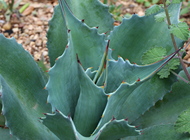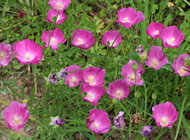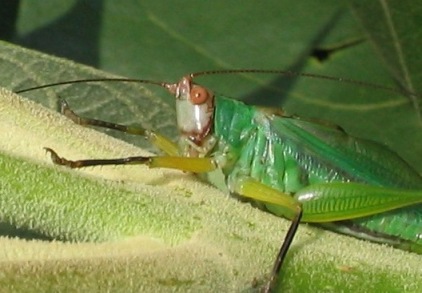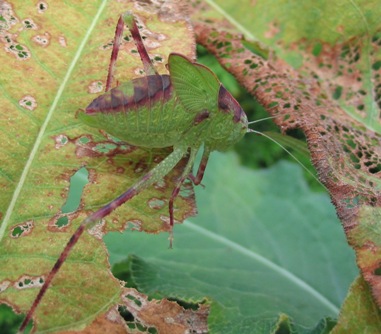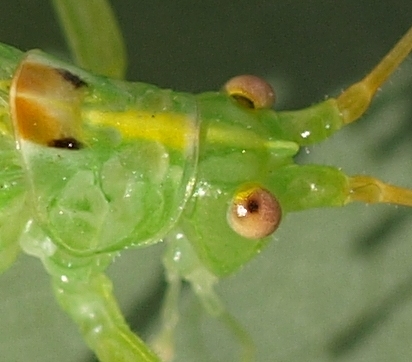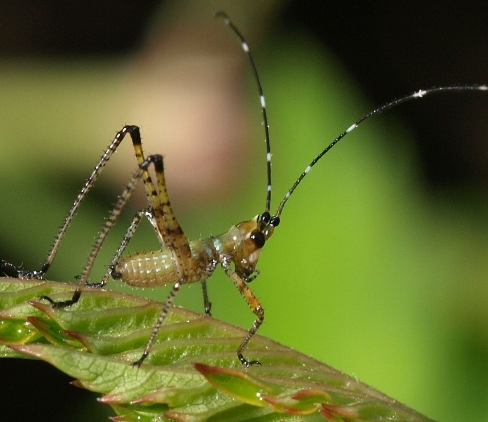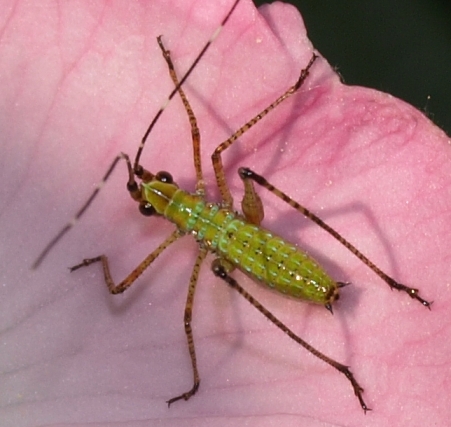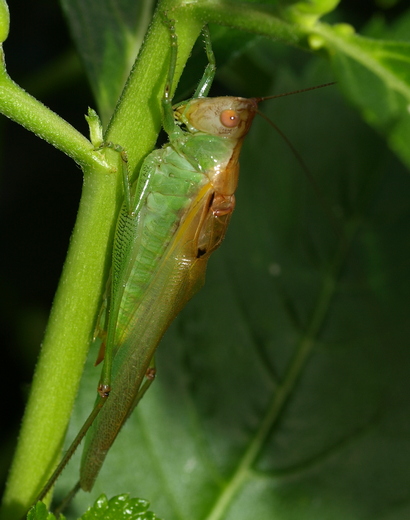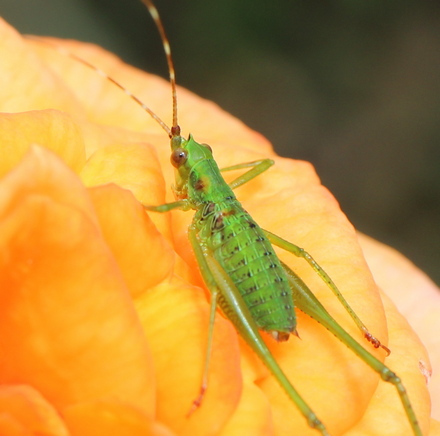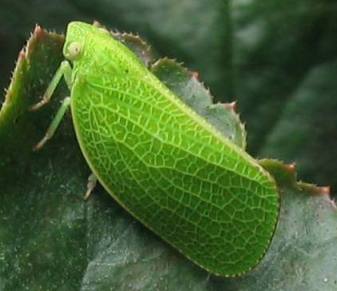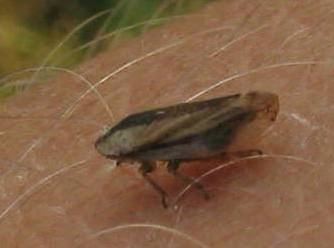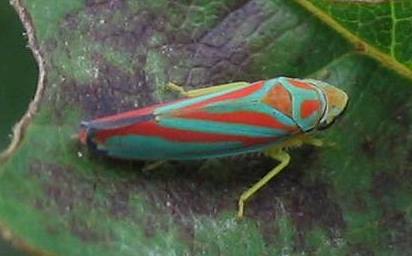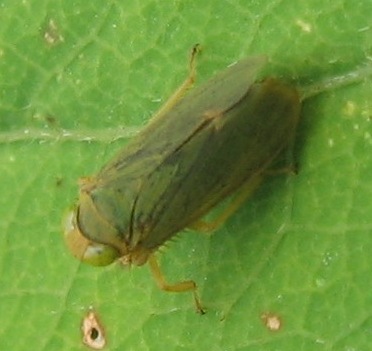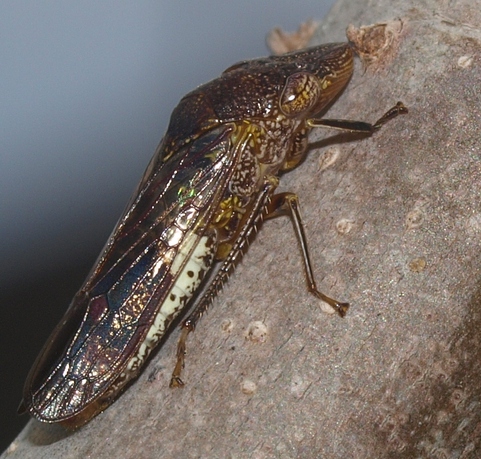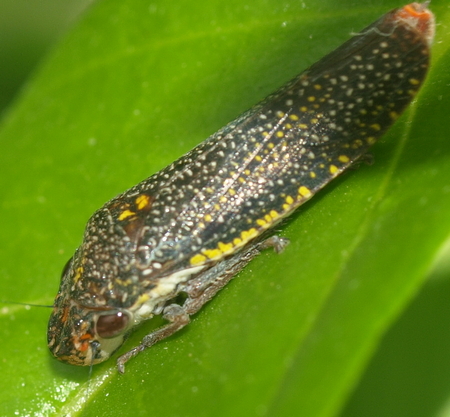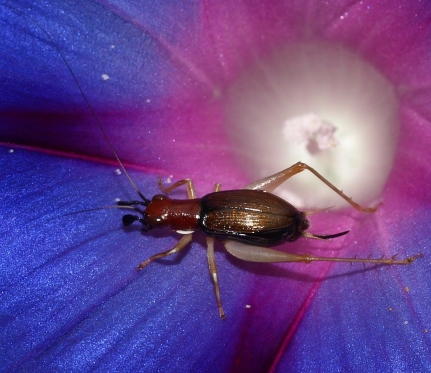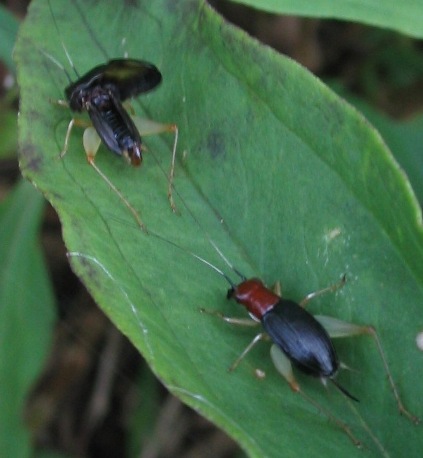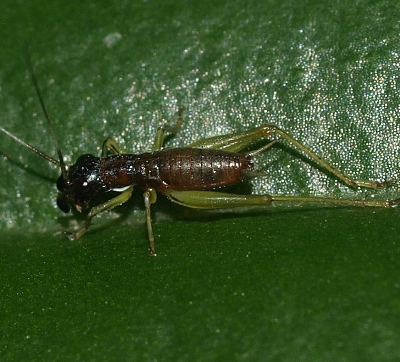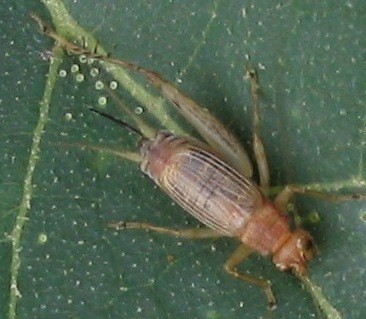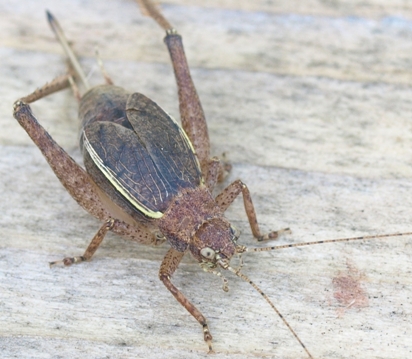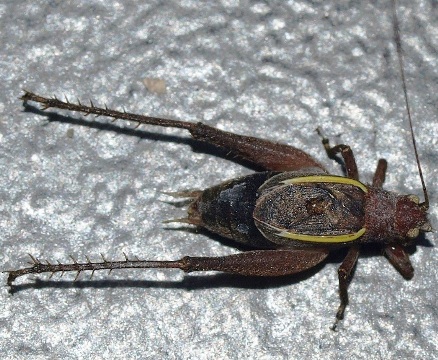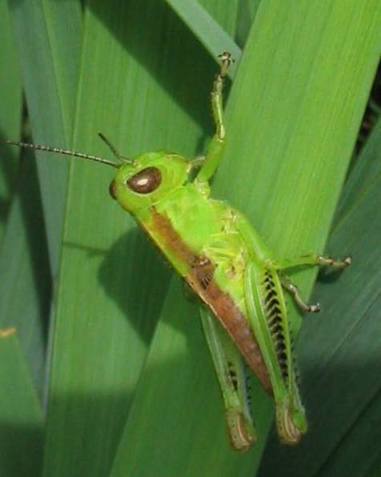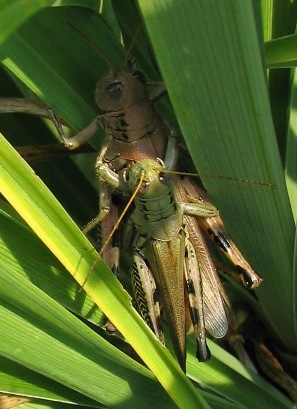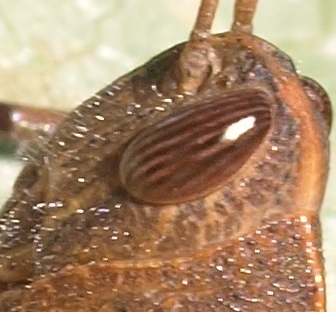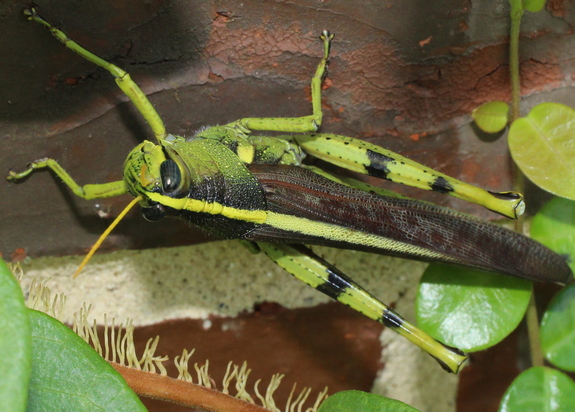Hop hop hop!Grasshoppers, crickets, katydids, and similar insects. Interesting creatures...Katydiddys
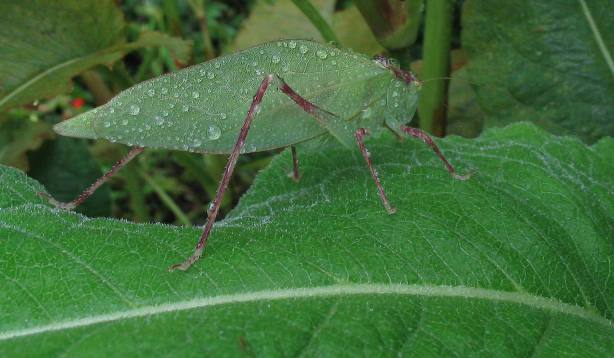
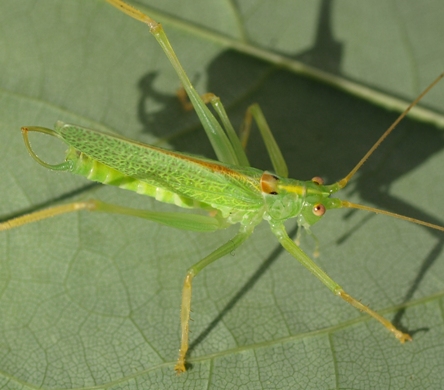
This jittery fellow is a drumming katydid (Meconema thalassinum).
He belongs to the quiet-calling katydids, and sure enough, I didn't hear him
calling at all. Ben caught him in our back lawn one evening.
It's good to have a bug boy around!
Spotted this little dude on a Filipendula leaf one early-June
morning. His stripey antennae suggest that it's a nymph of a Scudder's bush
katydid (Scudderia) species. I don't believe I've come across its adult
form yet (I guess I should be on the lookout).
And here's another one, quite possibly from the same
species (but a more advanced instar). Like the one above, I found it in early
June, this one on an eglantine rose.
The first katydid I spotted in Texas was trilling in a mass
of Turnera ulmifolia one October afternoon as
I was digging a new border nearby. It was good to be serenaded, and he sat
pretty for a picture too. It's a species of Orchelimum, I can't be sure
which one.
As was the case in Pennsylvania, I seem to find the nymphs
but not the adults of Scudderia katydids. This one was sunning itself on
a luxuriant rose flower in mid-April, not at all intent to move as I snapped
its photo from various angles.
A few years later, my next katydid sighting, again a scudderia
nymph, S. furcata according to my sources.
Planthoppers and their ilkDiminutive critters with amazing jumping powers. Many don't look like much until you see them up close with the advantage of macro photography.
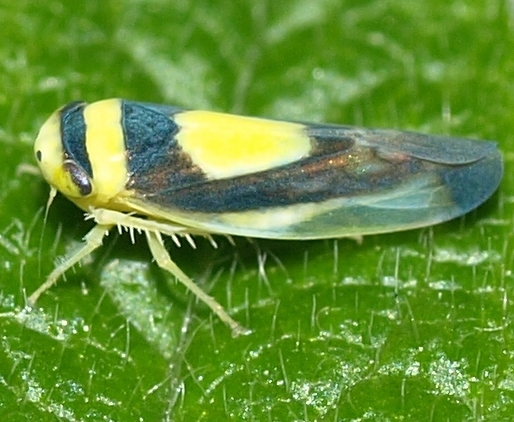
Another little colorful one, this one hanging out on a
butterfly milkweed. It's a saddled leafhopper (Colladonus clitellarius),
not one I've seen a lot of in our garden.
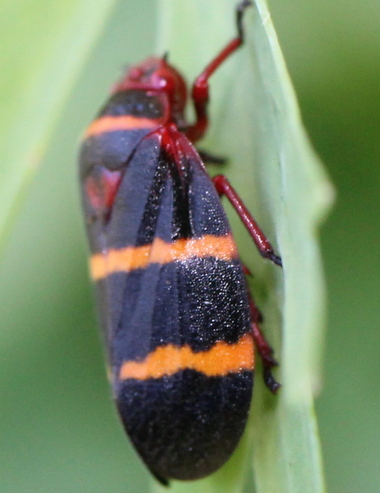
This red-eyed demon is a two-lined spittlebug (Prosapia bicincta),
found lounging on a columbine one spring afternoon. I'm not sure what it was doing there,
because my sources say adults feed on hollies and redbuds (while their younguns prefer
to munch on grasses).
CricketsI hear you, but where are you? That's usually what I think when I hear boy crickets singing, but once in a while I'm patient enough to spot one and take its picture. The results of those efforts are shown here.
As small as it is, the red-headed bush cricket (Phyllopalpus pulchellus) is one of the primary noise-makers in our garden in late summer and fall. I came upon the couple pictured above one morning in fall – the male is clearly singing as pretty as he can, the female is approaching from behind. When the guy spotted me, he stormed off indignantly. The one at left is a nymph -- no wings have developed yet.
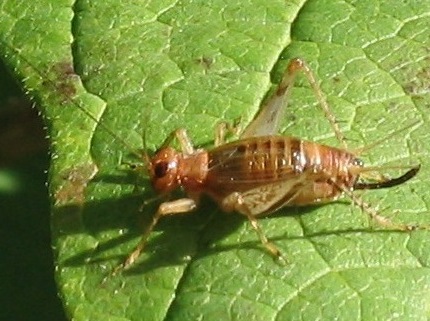
This is a female Say's trig (Anaxipha exigua), a
small species that usually hides itself well enough not to be seen. Several
of them were sitting in our large Viburnum trilobum one sunny day in autumn.
Grasshoppers
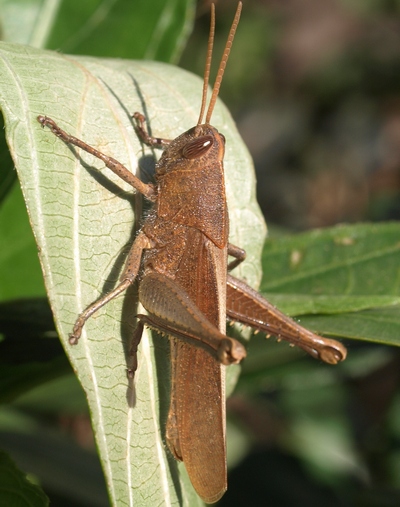
First grasshopper I've managed to commit to film (of the
digital variety) in Texas. It's a male Schistocerca damnifica in the
clan of bird grasshoppers, which also includes the biblical locusts. I like
its stripey eyes.
Another bird grasshopper spotted on several occasions in the following years,
these are obscure bird grasshoppers (Schistocerca obscura). The
ladies reach greater sizes than the gents, so since the one at right was quite
a large
specimen, I'm thinking it was a girl. But she was shy and didn't sit for
better photos, so I can't be sure. Wavey-striped eyes on this one, too.
Visitors to this page have left the following comments
I welcome comments about my web pages; feel free to use the form below to leave feedback about this particular page. For the benefit of other visitors to these pages, I will list any relevant comments you leave, and if appropriate, I will update my page to correct mis-information. Note that I discard any comments including html markups, so please submit your comment as plain text. If you have a comment about the website as a whole, please leave it in my guestbook. If you have a question that needs a personal response, please e-mail me.
Last modified:
February 15, 2025 |
||||||||||||||||||||||||||||||||||||||||||||||||||||||||||
